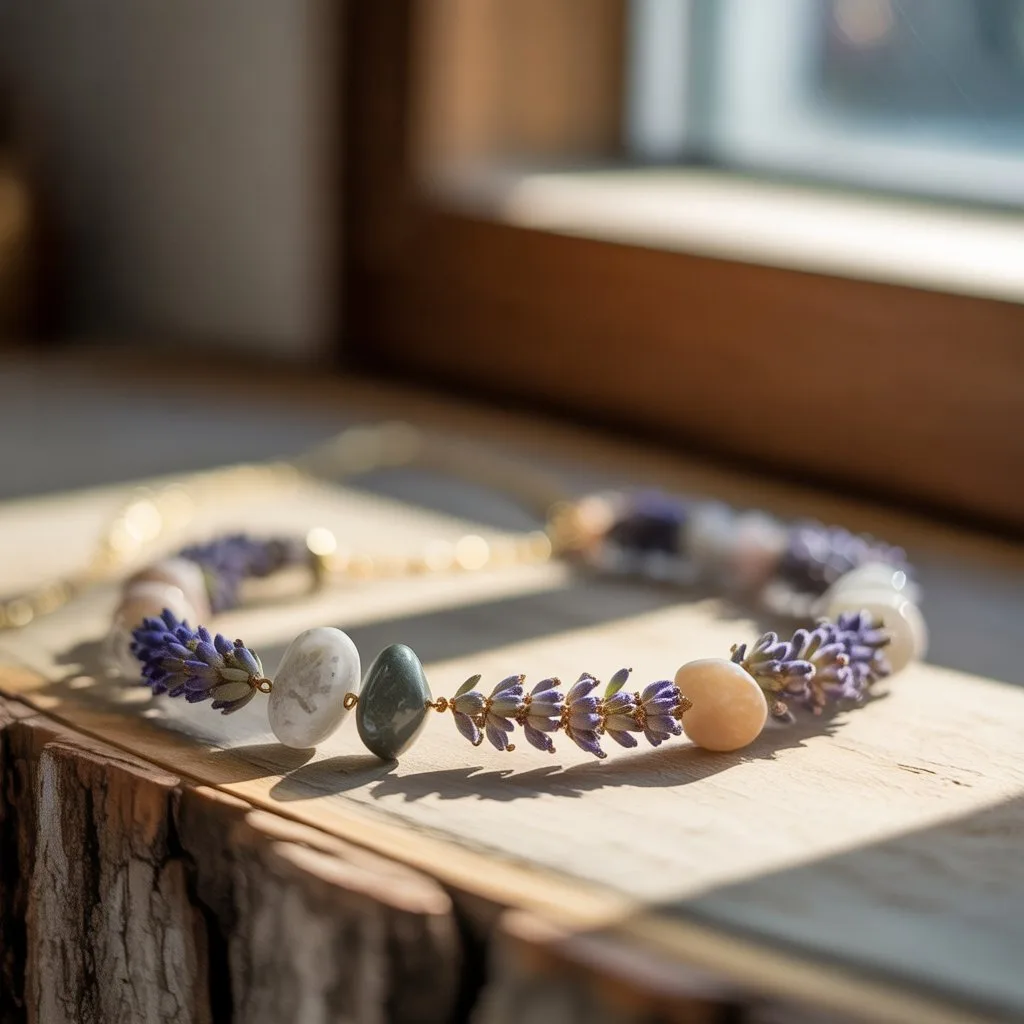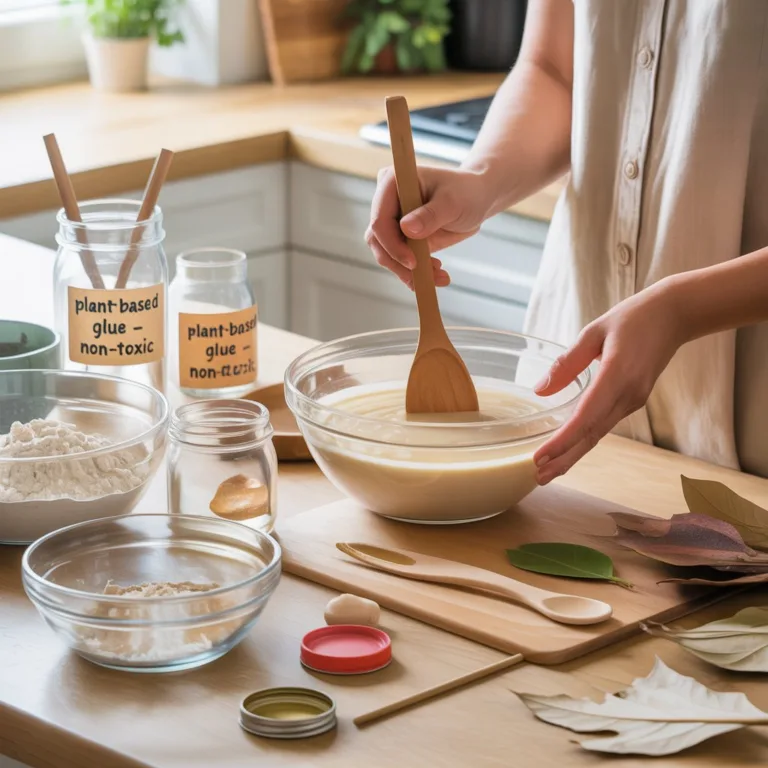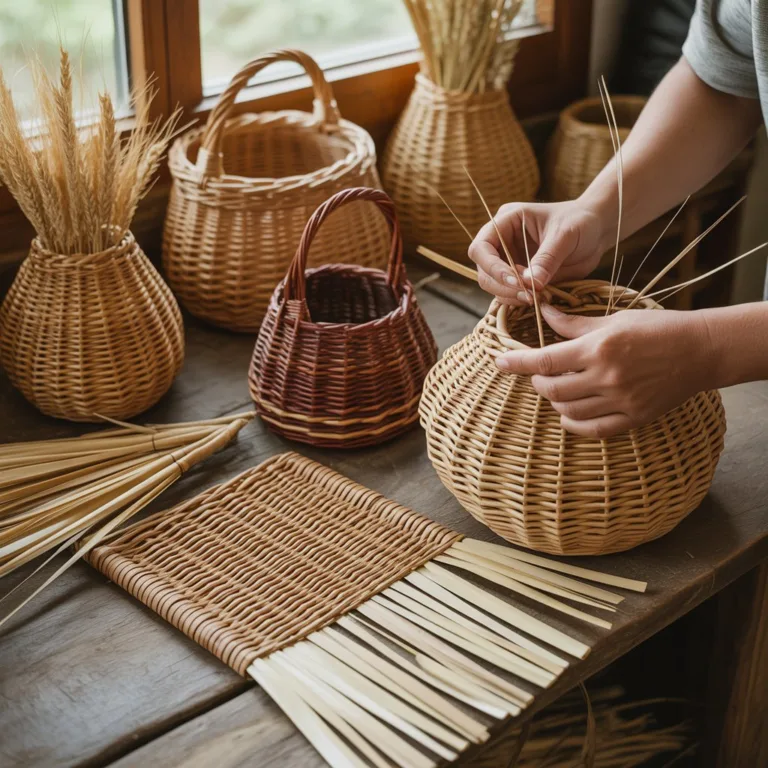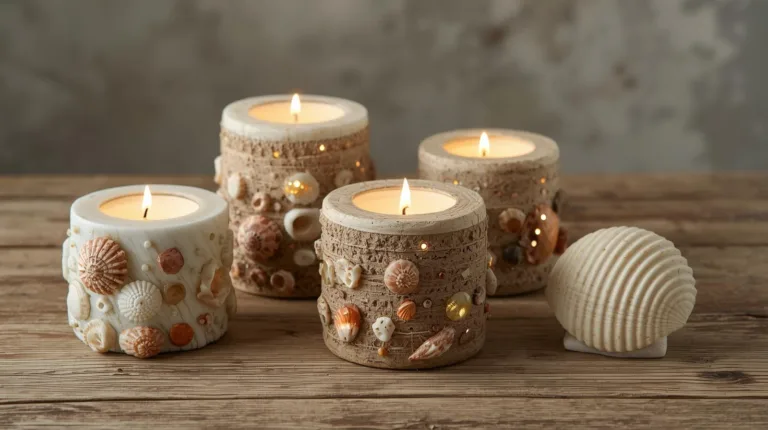Creating jewelry inspired by nature is more than a craft—it’s a way to connect with the environment while expressing personal style. Using natural materials like stones, dried flowers, and twine, anyone can design pieces that are unique, eco-friendly, and full of character. Nature jewelry doesn’t just look beautiful; it also carries a story of sustainability, creativity, and mindfulness.

Working with stones and dried flowers allows crafters to explore textures, colors, and patterns that can’t be replicated with synthetic materials. Each piece becomes a reflection of the outdoors, capturing the essence of plants, minerals, and natural forms. Beyond aesthetics, crafting jewelry in this way promotes environmental awareness by using materials that are sustainable and often sourced responsibly.
This guide explores techniques, tips, and ideas for making nature-inspired jewelry. It’s designed for beginners and experienced crafters alike, providing insight into material selection, design principles, and creative inspiration. Whether you aim to create necklaces, bracelets, earrings, or decorative charms, this article offers everything needed to start a sustainable and artistic jewelry-making journey.
Choosing the Right Materials
The first step in crafting nature jewelry is selecting high-quality materials that complement each other visually and texturally.
Stones and Crystals
Natural stones come in endless varieties—quartz, agate, jasper, and amethyst, among others. Each stone has unique patterns and colors, making them ideal for personalized jewelry. Stones can be polished, tumbled, or left raw, depending on the desired look.
Dried Flowers
Dried flowers provide delicate, organic elements. Popular choices include lavender, roses, daisies, and baby’s breath. Pressing or drying flowers properly ensures they maintain their color and shape over time. Encasing them in resin preserves their beauty and protects them from damage.
Additional Materials
Other materials can enhance the design, such as:
- Natural twine or hemp cord for stringing beads and stones.
- Resin or polymer clay for embedding flowers or stones.
- Metal findings like clasps, hooks, and jump rings for assembling pieces.
- Wooden or bamboo beads for an earthy touch.
Selecting high-quality, sustainably sourced materials ensures that the finished jewelry not only looks professional but also aligns with eco-friendly principles.
Tools Needed for Nature Jewelry
Creating nature-inspired jewelry requires some essential tools. Having these on hand makes crafting smoother and safer.
- Jewelry pliers (needle-nose, round-nose, and flat-nose) for bending wire and opening jump rings.
- Wire cutters for cutting metal wire or findings.
- Resin mixing supplies, including measuring cups and stirring sticks, if using resin for flower encasements.
- Tweezers for placing small dried flowers or tiny stones.
- Sandpaper or polishing cloths for smoothing edges of stones or resin pieces.
Even if you are new to jewelry-making, these basic tools allow for precise and creative work. Over time, additional tools like drills for beads or molds for resin can expand possibilities.
Techniques for Crafting Jewelry
Crafting jewelry with stones and dried flowers involves several techniques that balance aesthetics and durability.
Stringing and Beading
Threading stones and wooden beads onto twine or cord is a fundamental technique. Patterns can alternate colors, shapes, and sizes to create rhythm and visual interest. Adding small dried flowers in resin beads can elevate simple designs.
Wire Wrapping
Wire wrapping secures stones and flowers without glue, creating elegant, functional designs. Wrapping techniques range from simple loops to intricate cage-like structures, offering both stability and decorative appeal.
Resin Encasing
Resin preserves dried flowers and small stones, creating pendants, charms, and earrings. Pour resin into molds or bezel settings, place the natural elements, and allow it to cure. Resin jewelry provides a glossy, professional finish while protecting delicate materials.
Polymer Clay Embedding
Polymer clay can be molded around small stones or flowers to create unique shapes. After baking, these pieces are lightweight yet durable, making them ideal for earrings or charms.
Layering and Composition
Combining textures and materials, such as pairing polished stones with rustic twine or layering flowers inside resin pendants, adds depth and visual interest. Thinking about balance, proportion, and color harmony ensures that each piece looks intentional and artistic.
Design Inspiration
Nature jewelry draws inspiration directly from the natural world. Observing colors, textures, and patterns in gardens, forests, and beaches can spark creativity.
- Floral Themes: Incorporate pressed petals or small blooms in resin pendants to capture seasonal beauty.
- Earth Tones: Use brown, green, and beige stones with wooden beads to reflect natural landscapes.
- Mineral Focus: Highlight stones with unique patterns, such as banded agates or speckled jasper, to create statement pieces.
- Botanical Encounters: Mix dried leaves and moss with flowers in small resin charms for miniature garden-inspired jewelry.
Documenting these inspirations through sketches or photos helps plan cohesive designs before beginning assembly.
Caring for Nature Jewelry
Nature jewelry requires gentle care to maintain its beauty.
- Avoid prolonged exposure to water, sunlight, or harsh chemicals, as these can damage stones, flowers, and resin.
- Store jewelry in a dry, cool place, preferably in soft pouches or boxes to prevent scratches.
- Clean stones with a soft cloth and avoid abrasive cleaners.
- Resin pieces should be wiped gently with a damp cloth if needed.
Proper care ensures that handcrafted pieces remain vibrant and intact, extending their lifespan and preserving the connection to nature.
Educational and Emotional Benefits
Creating nature jewelry has benefits beyond aesthetics.
- Mindfulness and Relaxation: Crafting requires focus, patience, and attention to detail, reducing stress and promoting mindfulness.
- Creativity and Problem Solving: Designing patterns and combining materials nurtures artistic thinking and innovation.
- Environmental Awareness: Using natural and recycled materials fosters appreciation for sustainability and eco-conscious living.
- Fine Motor Skills: Handling small beads, flowers, and wire enhances dexterity and coordination, especially for children.
Engaging in jewelry-making is a fulfilling hobby that combines art, education, and environmental stewardship.
Selling or Gifting Nature Jewelry
Handcrafted nature jewelry can be shared or sold responsibly.
- Gift Giving: Personalized necklaces, earrings, or bracelets make thoughtful gifts that reflect care and creativity.
- Community Markets: Selling at local craft fairs or online platforms can generate income while promoting eco-friendly products.
- Workshops: Hosting jewelry-making workshops for kids or adults encourages community engagement and education.
When sharing or selling, emphasize the sustainable and handcrafted nature of the pieces. Highlighting the story behind the materials and design adds perceived value and connects buyers to the environment.
Expanding Creativity
Experimenting with new materials, techniques, and designs keeps crafting engaging. Consider:
- Mixing small natural shells or seeds with stones and flowers.
- Using metallic foils or eco-friendly glitter in resin for a subtle sparkle.
- Incorporating fabric or lace to complement the organic elements.
- Designing thematic collections inspired by seasons, landscapes, or personal experiences.
Continuous experimentation leads to unique, signature pieces that stand out while maintaining sustainability principles.
Creating nature jewelry is an art form that merges beauty, environmental awareness, and personal expression. By working with stones and dried flowers, crafters not only produce wearable art but also cultivate mindfulness, creativity, and a deeper connection to the natural world.
Every necklace, bracelet, or pendant tells a story—a story of careful material selection, artistic design, and a commitment to sustainability. For anyone looking to combine artistry with eco-conscious living, nature-inspired jewelry offers endless possibilities.
Embrace the process, explore different textures and colors, and allow your creativity to guide you. Whether making jewelry for yourself, loved ones, or the community, each piece crafted from stones and dried flowers celebrates the beauty of the natural world. Dive into this artistic journey, experiment boldly, and discover the joy of creating wearable reminders of nature’s elegance.

Lucas Hartman is a DIY enthusiast and sustainability advocate focused on natural crafts and eco-friendly home décor. With a background in arts and design, Lucas creates tutorials that help families and hobbyists transform everyday recycled or organic materials into beautiful, functional projects.



